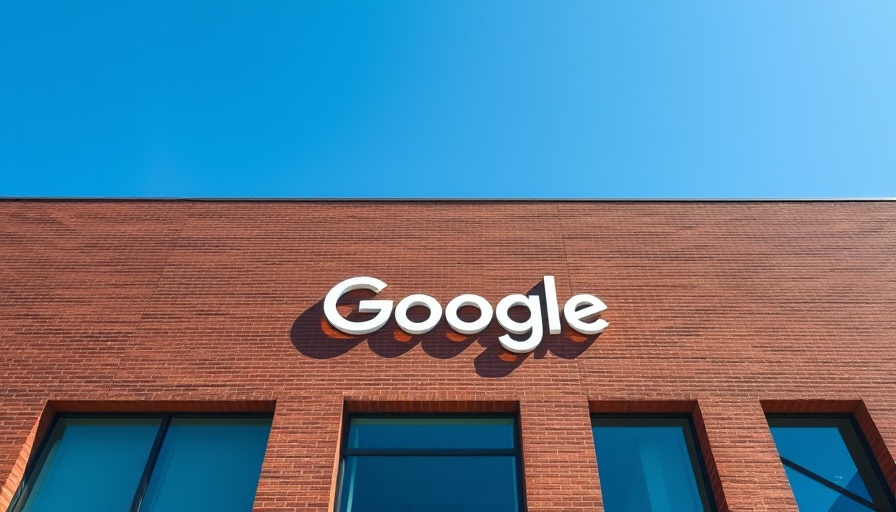
Unlocking the Power of Google's AI Mode: A Revolutionary Experience
In an era where information is king, the ability to ask complex questions about images has transformed how users interact with technology. Google’s AI Mode, introduced recently, enables users to engage with their images like never before. From casual photographers to avid readers, users can upload pictures and receive insightful recommendations based solely on the visuals they provide.
How It Works: Understanding AI Mode
Powered by Google Lens, AI Mode employs advanced algorithms to analyze uploaded photos, enabling users to ask intricate, multi-part questions. For instance, if you take a picture of your bookshelf and inquire, "If I enjoyed these, what are some similar books that are highly rated?" the AI will not only identify the books in your photo but will also provide a curated list of similar titles alongside links for more information. This function exemplifies the future of search, moving beyond text prompts to a more dynamic and interactive experience.
The Implications of Multimodal Search in Today's Tech Landscape
This multimodal approach represents a significant shift in how search engines function, competing directly with other emerging services like Perplexity and OpenAI's ChatGPT Search. Google's commitment to refining user experience is clear, and by expanding accessibility to millions through Labs, the platform aims to democratize advanced search capabilities.
Future Predictions: Where AI Search is Heading
As AI technology continues to evolve, we can expect future innovations that further enhance search functionality. Imagine a world where you can simply photograph any item and receive contextual information, recommendations, and even purchase options all through a single query. This predictive capability not only enhances user experience but could redefine how we consume content across various platforms, streamlining information retrieval in our increasingly digital lives.
Practical Insights: How to Maximize Your Experience with AI Mode
As users become more acquainted with AI Mode, there are several actionable tips to maximize its potential. Start by taking clear, well-lit photos for accurate analysis. Think strategically about your inquiries—rather than asking general questions, provide specific contexts that allow the AI to generate the most relevant recommendations. Furthermore, don’t hesitate to follow up with subsequent questions to refine your results, utilizing the platform’s capabilities to dig deeper into your interests.
The Human Element: Why This Matters to You
For many, the shift toward AI-driven search is not just about technology; it's about how we connect our personal interests with available resources. By leveraging AI Mode, individuals can discover new passions, uncover hidden gems in literature, or adapt their hobbies through tailored recommendations. This ensuing connection between technology and human interest provides an enriching experience tailored to each user’s preferences.
The Wider Impact: Google’s Role in Innovation
The introduction of AI Mode aligns with a broader trend within the tech industry to enhance user engagement through innovative technological solutions. As businesses increasingly adopt AI-driven practices, it paves the way for enhanced customer satisfaction and streamlined operations across various sectors. Google’s advancements herald a future where technology seamlessly integrates with our daily lives, offering personalized experiences that cater to our unique interests.
Taking the Leap: How to Get Involved with AI Mode
If you're eager to explore the potential of AI Mode, check if you have access through Google Labs. Keep an eye on updates from Google, as features continue to roll out. Engaging with this experimental product will not only allow you to experience cutting-edge technology but also contribute to the ongoing development of smarter, more intuitive search tools.
In conclusion, Googles’ AI Mode presents an opportunity for users to redefine their interaction with technology through images. As we embrace this advance, it's crucial to be proactive in leveraging these tools and providing feedback to shape their evolution. The future of multimodal search is here—don’t miss out on being a part of it!
 Add Row
Add Row  Add
Add 



Write A Comment